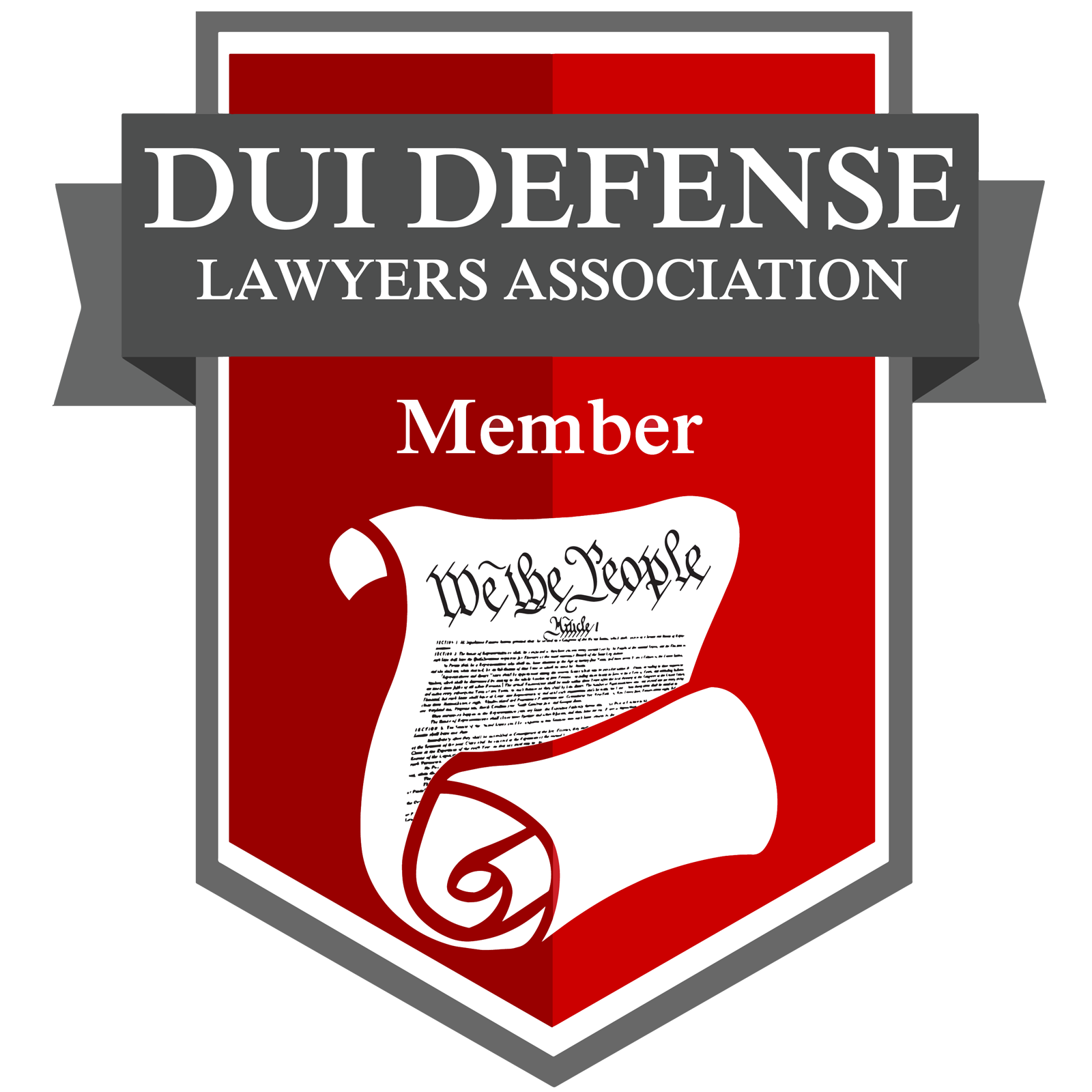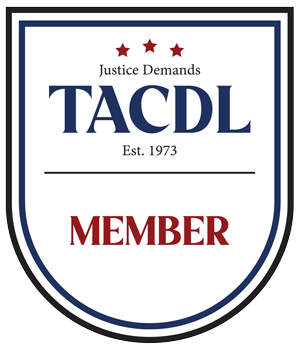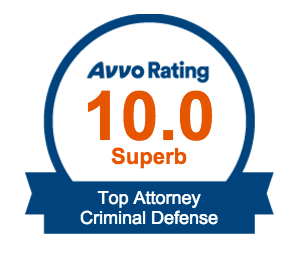Getting into a pedestrian accident can be a very scary and confusing experience. When an accident happens, it’s hard to know what to do first or how to protect yourself and others. This guide will help you understand what steps to take if you or someone you know is involved in a pedestrian accident. The actions you take right after the accident are important because they can affect your safety, your health, and any legal matters that may come up later. At, Best & Brock , we are here to guide you through the legal process and help you navigate the complexities of your case.
Ensure Everyone’s Safety
The first thing to do after any accident is to make sure everyone is safe. If you were hit as a pedestrian, check yourself for injuries and try to stay calm. If you’re able to move, get to a safe spot away from traffic to avoid further harm. Sometimes, you may not feel pain right away because of shock, but it’s important to look for signs like bleeding, cuts, or bruises. If you see someone else who is injured, try to help them, but only if it’s safe to do so. Moving someone who is seriously hurt can sometimes make their injuries worse, so wait for medical help if necessary.
Once you’re safe, take a few deep breaths to stay calm. Accidents are very stressful, but staying as calm as possible will help you think clearly. If there are other people nearby, ask them to help or call for assistance if needed. Even if you don’t feel seriously hurt, it’s always best to act with caution.
Call for Emergency Help
As soon as you’re safe, call for emergency help. Dial 911 to reach both police and medical services. The police will come to the scene, ask questions, and create an official report of what happened. This report is very important because it will be used as a record of the accident, including details like the time, date, location, and the people involved. The report may also have witness statements and other information that can help you later.
Even if you think your injuries are minor, it’s a good idea to get checked by a medical professional. Some injuries, like concussions or internal bleeding, may not show symptoms right away, but they can be serious. Emergency medical responders will assess your condition, and they may recommend that you go to the hospital for further tests or treatment. Getting medical attention also creates a record of your injuries, which can be helpful if you need to make an insurance claim or file a lawsuit.
Gather Important Information
After calling for help, start gathering important information from the scene if you’re able to do so safely. Get the name, contact details, and insurance information of the driver who was involved in the accident. Ask any witnesses for their names and contact details as well because their statements could help you later. If the driver or witnesses are willing, write down or record their version of what happened while the details are still fresh in their minds.
It can also be helpful to take pictures or videos of the scene, showing things like the position of vehicles, any skid marks on the road, traffic signs, and the area where the accident took place. Taking photos of your injuries can also be helpful for documentation purposes. All these details can provide important evidence if you decide to pursue legal action.
Avoid Discussing Fault
It’s natural to feel emotional or even angry after an accident, but it’s best to avoid discussing who was at fault. Don’t apologize or admit to any fault at the scene. Even saying things like “I’m sorry” or “I didn’t see you” can be misunderstood as an admission of blame. Let the police and insurance companies investigate and determine what happened.
Be honest with the police about what you remember, but try to keep your statements factual without adding opinions or guesses. If you don’t remember certain details, it’s okay to say so. This way, you won’t accidentally provide information that could be misinterpreted later on. Remember, your main focus should be on your safety, health, and collecting the necessary information.
Seek Medical Follow-Up
After you leave the scene, it’s important to follow up on any medical treatment, even if you feel fine. Some injuries don’t show symptoms right away, and going to the doctor later can help catch any hidden issues. Your doctor will be able to check for injuries like muscle strains, sprains, or even small fractures that might not have been noticed immediately.
Keeping up with your doctor’s appointments and following their advice is very important for your health. It also helps to have a complete record of all medical treatments and visits, which can be useful if you need to seek compensation for your injuries. Your medical records will show the full extent of your injuries and recovery time, making it easier to prove how the accident affected you.
Notify Your Insurance Company
Contacting your insurance company after the accident is another important step. Let them know that you were involved in a pedestrian accident and provide them with the details you gathered. Some insurance policies have strict deadlines for reporting accidents, so it’s best to call them as soon as possible.
When speaking with your insurance company, keep your statements brief and stick to the facts. Avoid making guesses about things you don’t remember clearly, as this could affect your claim later on. The insurance company may ask for copies of the police report, medical records, and any other evidence you collected. Following their instructions will help ensure that your claim is processed smoothly.
Common Mistakes in a Personal Injury Claim Choosing a Personal LawyerRelated Videos
Consider Your Legal Options
After you’ve taken care of your immediate needs, you may want to think about your legal options. Pedestrian accidents can lead to serious injuries and financial challenges, including medical bills, lost wages, and other expenses. Talking to a legal professional can help you understand your rights and what compensation you may be entitled to receive.
A lawyer can review your case, explain the legal process, and help you decide whether to pursue a claim against the driver or their insurance company. Many law firms offer free initial consultations, which means you can get advice without any upfront cost. If you do choose to file a claim, a lawyer can help guide you through each step, making the process easier and ensuring you have the best chance of receiving fair compensation.
Keep Detailed Records
Staying organized after an accident is very important. Keep all your records in one place, including medical bills, receipts, and any documents from your insurance company. If you had to miss work because of the accident, keep a record of the days you were unable to work and any income you lost. Keeping track of these details can make it easier to calculate the total cost of the accident.
You should also keep a journal of how the accident has affected your daily life. Write down any pain, emotional distress, or challenges you face in your recovery. This journal can serve as a personal record and may be useful as evidence if you decide to file a claim.
Be Patient with the Process
The recovery and legal process after a pedestrian accident can take time. Healing from physical and emotional injuries is often a slow process. Legal cases, too, can take months or even longer to reach a resolution. It’s important to stay patient and focused on your recovery. Try to follow your doctor’s advice, stay in touch with your insurance company, and communicate with your lawyer if you have questions or concerns. Remember that each step is designed to help you move forward and protect your rights.
Staying in touch with supportive friends and family can also help as you recover. Accidents can be overwhelming, and having a strong support system can make a big difference in your journey back to normal life.
Accidents happen when we least expect them, and the steps you take afterward can make a big difference in your recovery and peace of mind. By following this guide, you can protect your health and your rights after a pedestrian accident. Remember to prioritize safety, gather as much information as possible, and consider speaking with a legal professional who can help you understand your options.
If you or a loved one has been involved in a pedestrian accident, it’s understandable to feel unsure about what to do next. Speaking with the team at Best & Brock can provide you with support and guidance. Our firm understands how stressful this time can be, and we’re here to help you move forward. Contact us today for a consultation to discuss your situation and learn more about how we may be able to help you seek the compensation you deserve.










